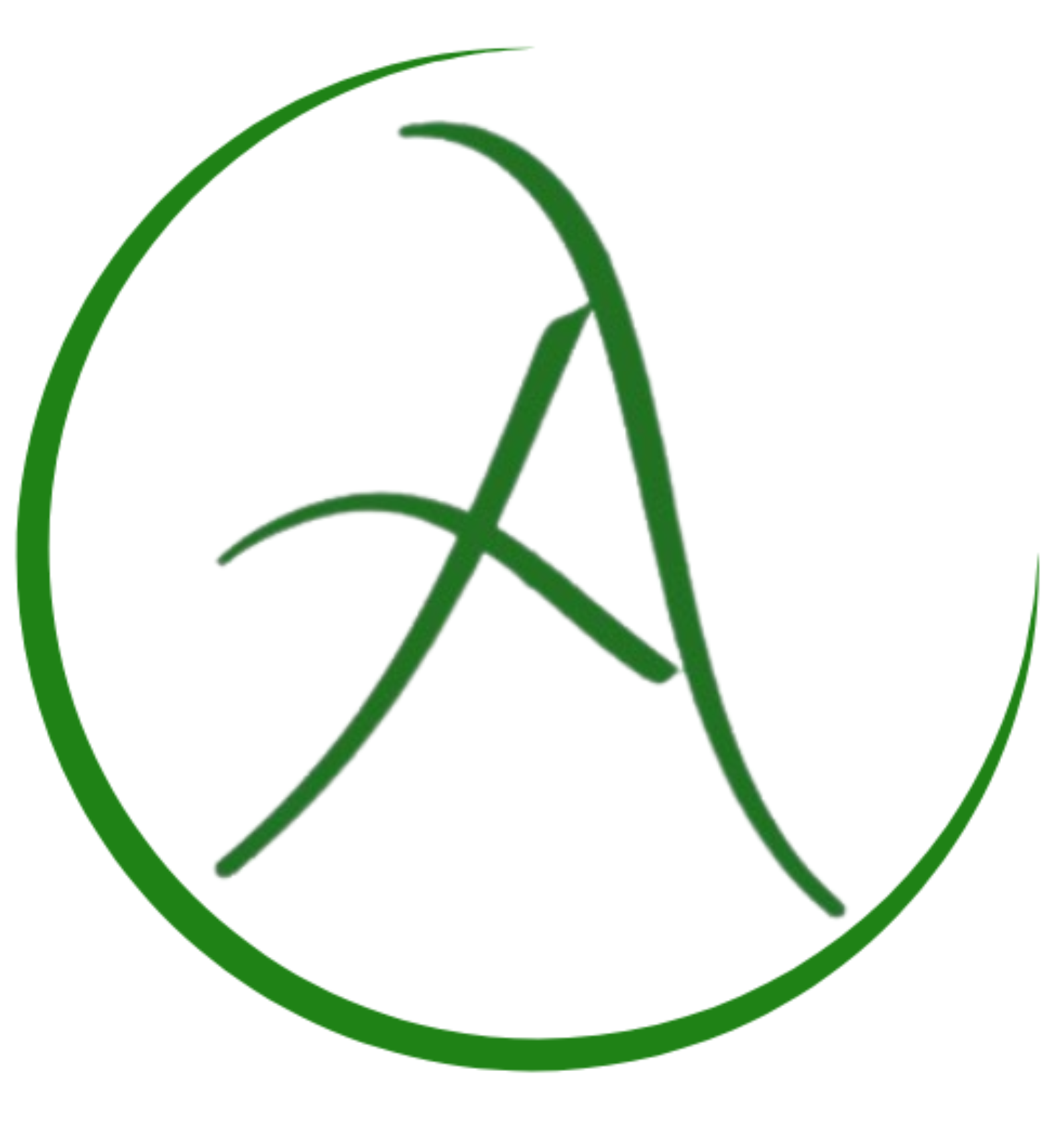Regenerative Economy
-
Module 01: Introduction1.1 Lesson-1: Interested in Regeneration?
-
1.2 Lesson-2: What is Regenerative Economy?
-
1.3 Lesson-3: Principles of Regenerative Economy9 Mga topiko
-
1.3.1 Principle 1: Maintain strong, cross-scale circulation of key flows, such as energy, information, resources, and money.
-
1.3.2 Principle 2: Regenerative and sustained re-investment
-
1.3.3 Principles 3 & 4: Maintain Trustworthy Inputs and Healthy Outputs
-
1.3.4 Principle 5: Maintain a good balance between different types of organizations.
-
1.3.5 Principle 6: Maintain a balanced mix of resiliency and effectiveness.
-
1.3.6 Principle 7: Maintain sufficient diversity
-
1.3.7 Principle 8: Encourage cooperative relationships and principles that are shared by all
-
1.3.8 Principle 9: Encourage positive action and restrict speculative and overly extroverted behavior
-
Principle 10: Encourage efficient, flexible, group learning
-
1.3.1 Principle 1: Maintain strong, cross-scale circulation of key flows, such as energy, information, resources, and money.
-
1.4 Lesson-4: Towards Regenerative Economy1 Pasulit
-
Module-02: Go Beyond the Circles2.1 Lesson-1: From Linear to Circular Economy
-
2.2 Lesson-2: The Nested System
-
2.3 Lesson-3: From Focusing on the Product to Focusing on the Process1 Pasulit
-
Module-03: Regenerative Economy Mindset Shifting3.1 Lesson-1: Shift Mindset to Transform the System1 Hilisgutan
-
3.2 Lesson-2: Shift Mindset: “Doing” to “Being”2 Mga topiko
-
3.3 Lesson-3: Shift Mindset: “Ego” to “Soul”1 Hilisgutan|1 Pasulit
-
Module 04: Regenerative Economy Framework4.1 Lesson-1: Levels of Paradigm6 Mga topiko
-
4.2 Lesson-2: Understanding Levels of Paradigm as a System
-
4.3 Lesson-3: Evolving a Practice of Regenerative Economics5 Mga topiko
-
4.4 Lesson-4: Quantitative Growth to Qualitative Growth2 Mga topiko|1 Pasulit
-
Module 05: Collaborative Approach to Regenerative Economy5.1 Lesson-1: Ecology and Regenerative Economy 1
-
5.2 Lesson-2: Economy of Human Development9 Mga topiko
-
5.3 Lesson-3: Regenerative Approach to Whole Economic Development7 Mga topiko
-
5.3.1 Risks Associated with Traditional Economic Growth
-
5.3.2 A Regenerative Evolutionary Strategy to Creating Community Wealth
-
5.3.3 Developing Place-Sourced Community Intelligence: A Three-Phase Strategy
-
5.3.4 Phase One: Thinking Strategically
-
5.3.5 Phase Two: Changing Systems
-
5.3.6 Phase Three: Institutionalizing Strategic Planning Patterns and Fields
-
5.3.7 The Changes
-
5.3.1 Risks Associated with Traditional Economic Growth
-
5.4 Lesson-4: Regenerative Culture3 Mga topiko|1 Pasulit
-
Module 06: Regenerative Investment6.1 Lesson-1: The Role of Businesses2 Mga topiko
-
6.2 Lesson-2: Investing from a Regenerative Mind1 Hilisgutan
-
6.3 Lesson-3: Food System Investing in a Regenerative Economy4 Mga topiko|1 Pasulit
-
Konklusyon
Participants 5727
Pasulit Summary
0 of 10 Questions completed
Questions:
Information
You have already completed the pasulit before. Hence you can not start it again.
Pasulit is loading…
You must sign in or sign up to start the pasulit.
You must first complete the following:
Results
Results
0 of 10 Questions answered correctly
Your time:
Time has elapsed
You have reached 0 of 0 point(s), (0)
Earned Point(s): 0 of 0, (0)
0 Essay(s) Pending (Possible Point(s): 0)
Categories
- Not categorized 0%
- 1
- 2
- 3
- 4
- 5
- 6
- 7
- 8
- 9
- 10
- Current
- Review
- Answered
- Correct
- Incorrect
-
Question 1 of 10
1. Question
1. The word “economics” originates in Ancient Greece.
CorrectIncorrect -
Question 2 of 10
2. Question
2. Economic ideas and practices have for far too long fueled a variety of negative effects including
CorrectIncorrect -
Question 3 of 10
3. Question
3. ____are created by civilizations to organize and support their own evolutionary growth.
CorrectIncorrect -
Question 4 of 10
4. Question
4. Who establish the balance of resilience and efficiency required for systemic health?
CorrectIncorrect -
Question 5 of 10
5. Question
5. Regenerative economics are very concerned with constructive activities because they help to develop economic capital and capabilities.
CorrectIncorrect -
Question 6 of 10
6. Question
6. The metric_____ in economics determines how many often a unit of currency will be exchanged before leaving a market.
CorrectIncorrect -
Question 7 of 10
7. Question
7. The “Window of Vitality” statistic can be used to identify a resilient and effective equilibrium.
CorrectIncorrect -
Question 8 of 10
8. Question
8. Any society that wants to prosper and last a long time must therefore keep investing in its_____.
CorrectIncorrect -
Question 9 of 10
9. Question
9. People must feel ____ to engage to a healthy human economy.
CorrectIncorrect -
Question 10 of 10
10. Question
10. Which one is true?
CorrectIncorrect

